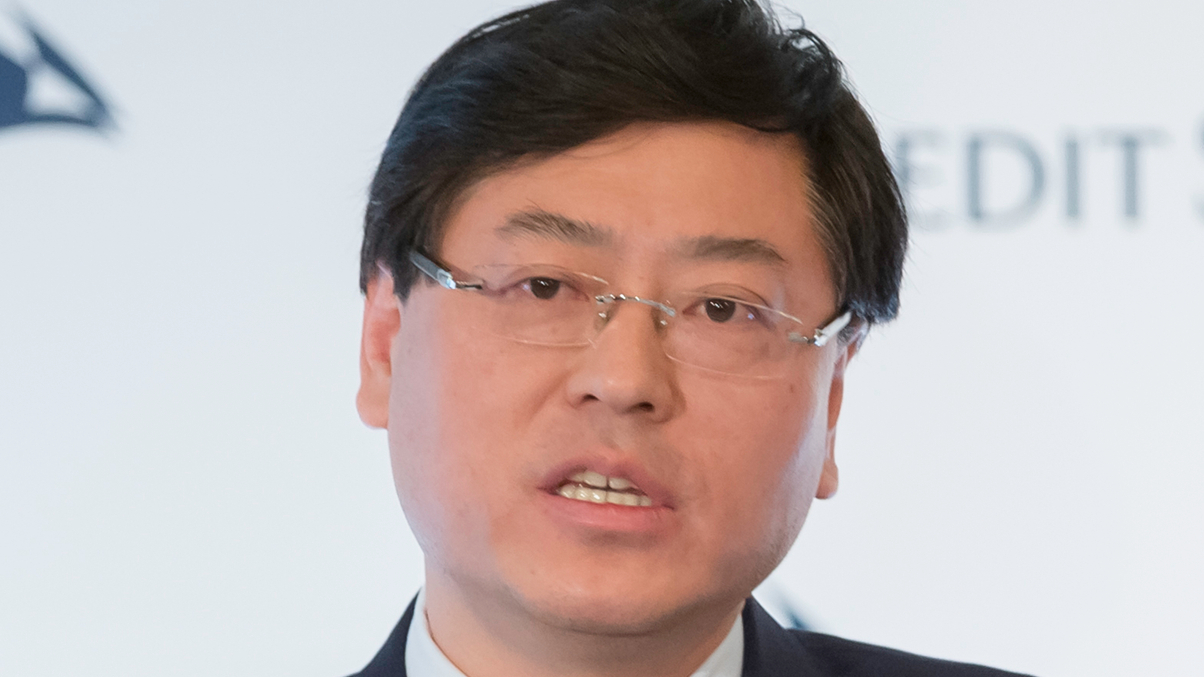Lenovo chief happy to work with asset managers
Yang Yuanqing, chairman and CEO of the world’s largest PC maker, tells a forum he sees vertical collaboration at the heart of improving customers’ user experience in the future.

The head of the world’s largest personal computer-maker has said he is happy to work with asset management companies as part of improving customers’ user experience.
Sign In to Your Account
Access Exclusive AsianInvestor Content!
Please sign in to your subscription to unlock full access to our premium AI resources.
Free Registration & 7-Day Trial
Register now to enjoy a 7-day free trial—no registration fees required. Click the link to get started.
Note: This free trial is a one-time offer.
¬ Haymarket Media Limited. All rights reserved.


